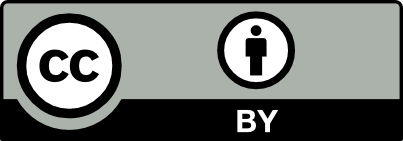Abstract
Dates pits, a widely available agricultural waste, was used to produce two samples of activated carbon. The first sample was prepared by thermal treatment at 500 °C for two hours, and the other one was prepared through microwave irradiation for 12 minutes. Zinc chloride was used as the chemical activator for the two samples. The efficiency of the two samples towards methylene blue adsorption was investigated. The effects of some parameters, such as initial pH of the solution, initial concentration of methylene blue, contact time and adsorbent dose, on the adsorption capacity were also investigated. Equilibrium and kinetic models were applied to understand the mechanism of the adsorption process. The results showed that the preparation using the microwave radiation enhanced the adsorption capacity by 30%. The concentration of the dye solution and its pH had significant effects on the adsorption. The optimum pH for adsorption was found to be 11. The experimental data was found to best fit Langmuir adsorption isotherm and pseudo second order kinetic model. Both pore diffusion and film diffusion were found to control the adsorption process.
Recommended Citation
Altaher, Hossam; Al-Oufi, Fahd M.; Magdy, Yehia H.; and Hassan, Manar
(2015),
MICROWAVE AGAINST THERMAL TREATMENT FOR MANUFACTURING OF ACTIVATED CARBON FROM AGRICULTURAL WASTES AND ITS USE TO ADSORB METHYLENE BLUE-EQUILIBRIUM AD KINETIC STUDIES,
Yanbu Journal of Engineering and Science: Vol. 11:
Iss.
1, 29-42.
DOI: https://doi.org/10.53370/001c.24294
Available at:
https://yjes.researchcommons.org/yjes/vol11/iss1/4












